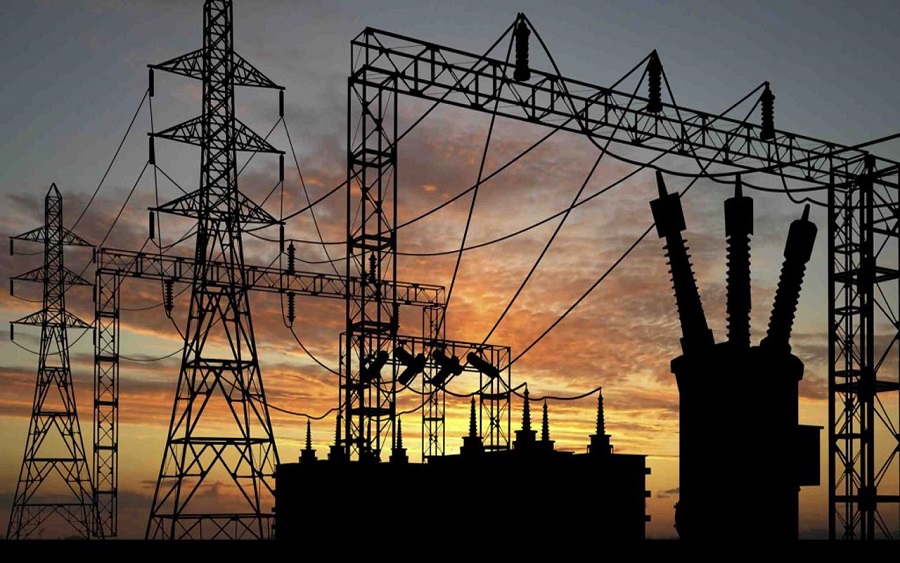Nigeria’s electricity generation rose by 10.92 per cent in the first quarter of 2025, driven by improved performance across thermal and hydropower plants feeding the national grid, according to the latest data from the Nigerian Electricity Regulatory Commission (NERC).
Total energy generated in the period stood at 10,304.47 gigawatt-hours (GWh), up from 9,289.95 GWh recorded in the last quarter of 2024. NERC attributed the increase to enhanced operational capacity and more reliable grid dispatch, with 19 power plants contributing significantly to the improved output.
The Commission also reported a 13.39 percent increase in average hourly generation, which rose to 4,770.59 megawatt-hours per hour (MWh/h) from 4,207.41 MWh/h in the previous quarter—an improvement of 563.18 MWh/h.
“The increase in quarterly generation is attributable to the increase in the cumulative available generation capacity of the grid-connected plants,” NERC stated.
Thermal power plants accounted for the bulk of the gains. Of the 23 thermal plants on the grid, 16 recorded higher average hourly output. Delta_1 led the pack with an increase of 157.58 MWh/h, followed by Geregu_2 (71.95 MWh/h), Egbin_1 (68.20 MWh/h), and Afam_2 (68.03 MWh/h).
Hydropower stations also posted modest improvements. The five grid-connected hydro plants recorded a combined increase of 54.93 MWh/h, translating to a four percent quarter-on-quarter rise. Zungeru_1 saw the biggest gain, with output up by 23.55 per cent, while Shiroro_1 and Kainji 1 recorded increases of 12.21 per cent and 4.80 per cent, respectively.
NERC said the Q1 gains reflect progress in efforts to stabilise the power supply through better plant maintenance, improved grid management, and more efficient dispatch processes.
Despite the uptick, the regulator noted that challenges remain. Issues such as inconsistent fuel supply, aging infrastructure, and high operating costs continue to weigh on the sector’s ability to deliver uninterrupted electricity across the country.





